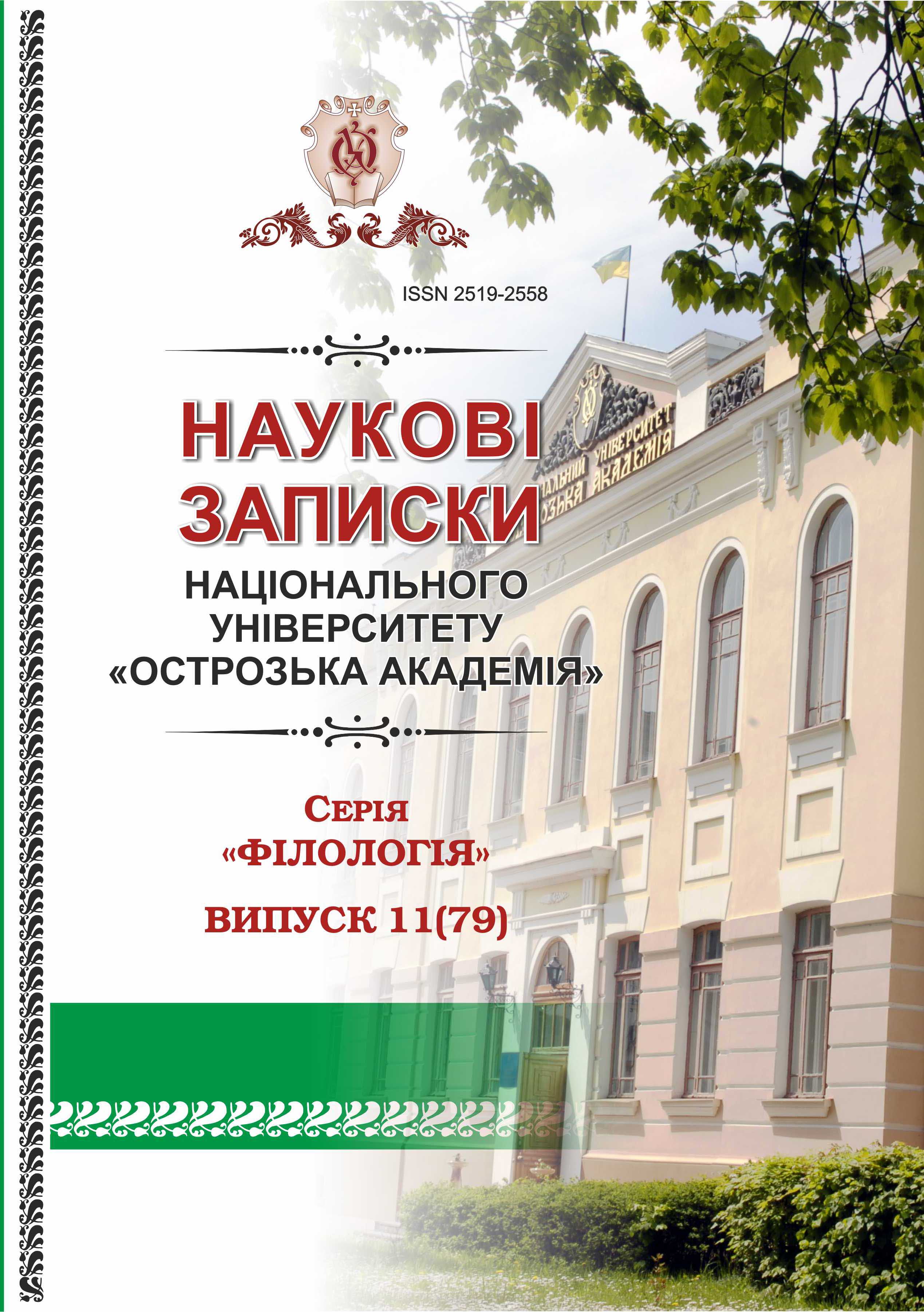DIRECTIONS AND TRENDS OF STUDYING POLITICAL DISCOURSE IN MODERN CONDITIONS OF DIGITALIZATION (LINGUISTIC AND PRAGMATIC ASPECTS)
Keywords:
political discourse, modern conditions of Internet communication, means of informing, persuasion, manipulationAbstract
The rapid spread of Internet communication nowadays has changed the conditions under which political communication takes place, although its purpose remains the same – influence for the sake of power. The article analyzes and summarizes the directions and trends in the study of political discourse, which is the context of political utterance, utterance itself and its perception. It is noted that the Internet has proved to be a new effective way of informing, persuading, arguing and manipulating the mass consciousness, accelerating the process of providing information and changing its format, including for manipulative purposes. It is revealed that the Internet has formed new genres and forms of political communication, providing an opportunity to get feedback from the political message and creating the appearance of direct communication between politicians and the public. The study of political discourse by researchers today is multi-vector: in a purely linguistic direction (the language of political statements); in linguistic and pragmatic direction (how the functions of political discourse are realized); anthropocentric (political personality); sociolinguistic (society’s reaction to the political activities of the subjects) and others. As the field of politics is constantly changing, responding to global, socio-political, economic circumstances, its analysis, including by linguists, provides and will always provide new material for further research.

